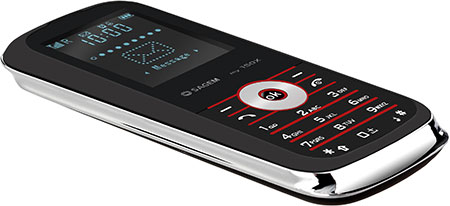UI Technologies are trendy…but let explain their concepts, and what they are really bringing.
Thomas Menguy | March 31, 2008A good UI is nothing without talented graphical designers and interaction designers: How the plethora of new UI technologies are helping unleashing their creativity? What are the main concepts behind those technologies? Let’s try to find out!
UI is trendy… thank you MacOS X, Vista and iPhone!
Put the designers in the application development driver seat!
Here is a little slide about the actors involved in UI design











